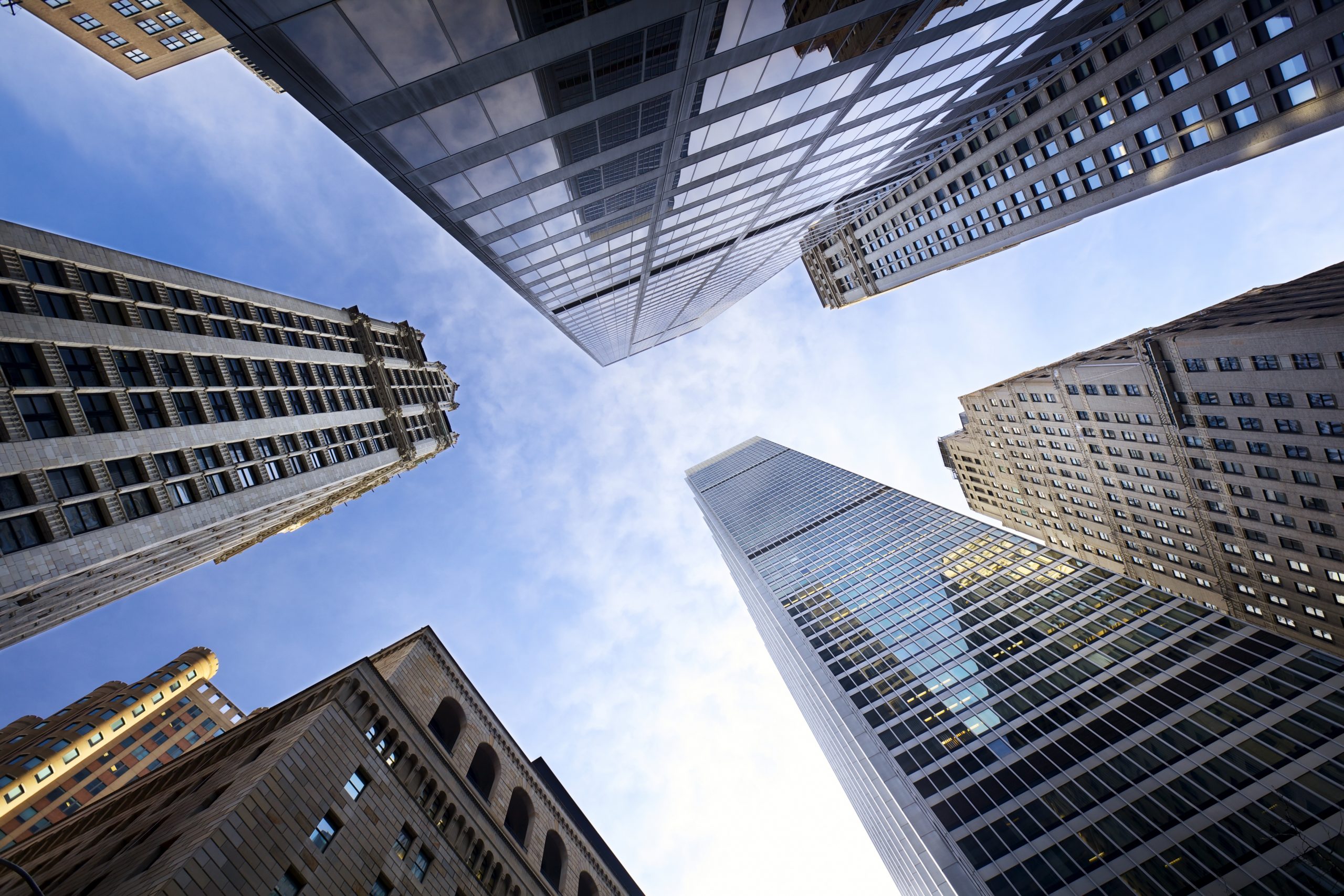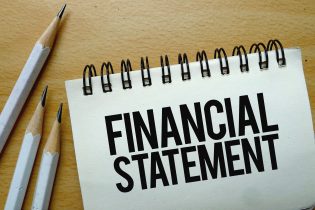Buying in NYC: Big vs. Small Buildings

Apartments in New York City run the gamut of sizes, materials, environments, and communities. On top of that, different buildings come with their own way of doing things when it comes to amenities, renovations, security, and much more.
When buying in NYC, you may find yourself sitting back and wondering what kind of building is right for you. Is it a skyscraping mega-condo with tons of amenities? The character-filled six-floor walk-up? Or maybe it’s something in between, like a small building that doesn’t sacrifice amenities, or a building on the larger side that doesn’t come with extra frills or fees. The answer to that question is something only you can discover by touring lots of different kinds of properties, talking to other NYC buyers who can share their experiences, and having an expert agent at your side to guide your path. Ask the NewDevRev team for their insight and expertise anytime.
Step one is doing research and you’re already in the right place. Let’s dig into the differences between big and small buildings to help make buying in NYC easier for you.
What’s Big and What’s Small?
When we’re comparing big and small buildings, we’re mostly referring to the number of units in that property. That relates to the number of residents, the number of staff, and obviously, the number of floors. In NYC, bigger buildings start at about 100 units, but they can reach all the way up to 300 units or more in one building. Smaller buildings are less than 100 units, and in an older building especially, there could be less than a dozen units total.
Big Buildings: The Pros And Cons
Pro: Easier financing
A larger building is more likely to come with a fine-tuned process for new buyers. There are many buyers before and after you who have applied for loans to secure a unit in this building, and major banks may even have it on their list of easy-to-approve properties. Certain building paperwork may be easier to obtain, as well.
Pro: Lower expenses
Buying in NYC means dealing with property-related expenses as a collective, whether you’re in a condo or a co-op. Maybe the building needs a new boiler, the elevator needs repairing, or the garden needs some landscaping. In a larger building, those expenses are split among a larger population of residents, so they’re inherently lower than if you were in a small building with less than ten neighbors.
Con: Seller competition
It’s important to keep in mind that when selling a unit in a larger building, you could be one of a few listings for the same property, which makes it harder to stand out among the competition.
Pro/Con: More oversight
Larger buildings usually come with systems in place that work for a large number of people. That could mean more rules, or rules that are more strictly enforced than they would be in a smaller building. This affects buying, selling, renovations, repairs, and so on. That said, having more oversight can work in your favor if you’d rather do fewer nitty-gritty homeownership tasks yourself, like coordinating maintenance, handling emergencies, and organizing finances.
Pro: Better amenities
This one’s a big draw for many NYC buyers. Larger buildings come with amenities that are shared widely across every resident — that means there’s a good chance you could get better amenities at a lower expense. Those could include a gym or pool, but they could also be more practical, like sharing the cost of a live-in super or door staff.
Pro: Views views views!
This one’s pretty obvious: the higher and larger the building, the better the view will be from your window! If having a nice view to look out on is a priority (especially in a city full of brick walls and dim courtyards) then you should seek out a larger building to get it.
Small Buildings: The Pros And Cons
Pro: Easier selling
Selling is likely easier in a small building for the same reason that it’s harder in a large one: competition! With fewer units that look like yours and less frequent listings for that property, you’ll have an easier time buying in NYC.
Pro: Character
Smaller buildings in New York City often come with a lot of character. Many buildings even have unique histories you can trace back through decades or centuries. It’s also easier to make friends and build community with your neighbors in a smaller building, simply because there are fewer of them.
Con: Larger expense burden
Homeowners in smaller buildings take a bigger hit when it comes to shared expenses, especially those that are unexpected. That could include repairs, assessments after natural disasters, or making up for a resident who can’t afford their share of the expenses. It’s the downside of fewer residents sharing the financial load that comes with buying in NYC.
Pro: Fewer hoops to jump through
If you’re someone who prefers doing things your way, you’d probably rather deal with the least amount of process and bureaucracy possible. That can be found in smaller buildings, where units are often self-managed when it comes to repairs and renovations, with fewer restrictions than most large buildings. If it so happens that you need to request something from the board, you’ll still have fewer people to pass it through in order to get it.
Con: More homeowner duties
In a smaller building, you should be ready to get your hands dirty from time to time. Homeowners in small buildings are often expected to handle their own repairs as well as their own trash, permits, packages, snow shoveling, and more.
Pro: Fewer costs for amenities
A smaller building might not have the amenities that a large building does, but on the bright side, that also means there are fewer extraneous costs for things you won’t always use. For many people, amenities are icing on the cake and not necessarily something they’ve baked into their homebuying budget. Make sure you know where you stand on amenities when you’re searching for the right building.
How Local Law 97 Can Impact Your Decision
It’s hard to discuss buying in NYC without including the newest local law that impacts every buyer and homeowner in the city: Local Law 97. It recently passed as part of New York City’s Climate Mobilization Act and imposes limits on greenhouse gas emissions from any building larger than 25,000 square feet.
In 2024, the city will begin enforcing the law by fining buildings $268 for every metric ton of carbon dioxide above their predetermined limit. That means condo and co-op boards for larger buildings could be facing this new expense as well as a new regulation for every homeowner to adhere to. The Climate Mobilization Act also includes some changes around building facades, indoor allergens, and gas lines, all in an effort to curb the city’s contribution to the climate crisis.
What does that mean for buyers? Well, it could certainly be a con to buying in a larger building, so keep that in mind. More specifically, it depends on what the building you’re interested in is doing to prepare for the 2024 changeover. Many co-op and condo boards are doing energy audits of their buildings to see how long they have until they’ll need to replace their building’s energy systems. More often than not, these audits result in a board wanting to build up the reserve of funds they have for repair expenses — that way when the time comes to deal with the law, they’ll have the money in hand to make the changes they need.
As a buyer, you should not only ask what actions a building’s board is taking to address Local Law 97, but specifically what their reserve funds are. This should be part of your real estate attorney’s due diligence, but if it’s not, make sure it’s included.
You should also keep in mind that this affects your ability to find financing. Fannie Mae and Freddie Mac, the government-operated entities that buy most mortgages from lenders, are no longer willing to buy loans for buildings that have deterred this maintenance or have low reserve funds in place for it. This is all meant to protect you and your community from a property-related tragedy, like the Surfside Towers in Florida.
Ultimately, Local Law 97 is just one more consideration you should make in your journey of buying in NYC, especially if you’re feeling more in favor of buying a larger building that’s more than 25,000 square feet.
How do you know what’s best for you?
There may not be one perfect answer in your personal debate between a small building or a large one, but with enough research, discussion, and support from your real estate agent, you’ll get a closer understanding of what you want in a building. From there, it’s all about touring many homes and seeing what’s out there. Drop the NewDevRev team a line to see how they can match you up with the listings that fit your needs best.
Contact a real estate expert today!
- Categories:




